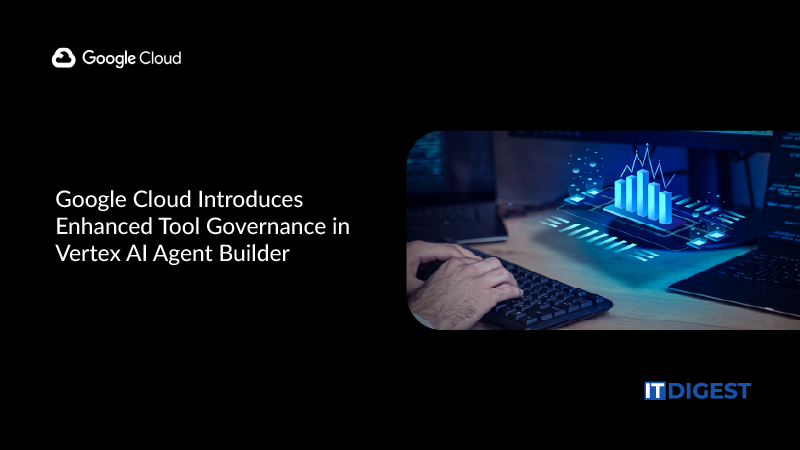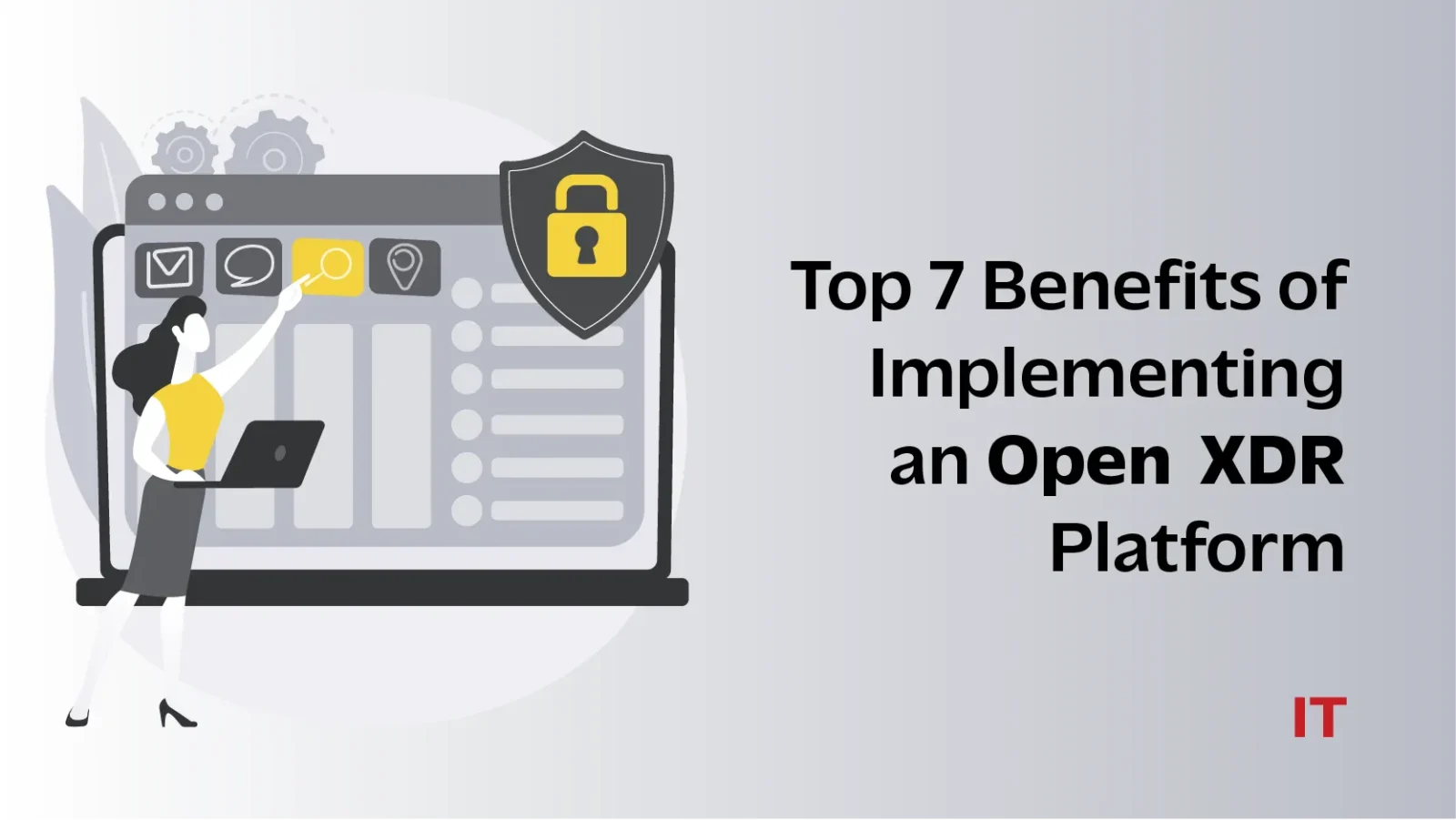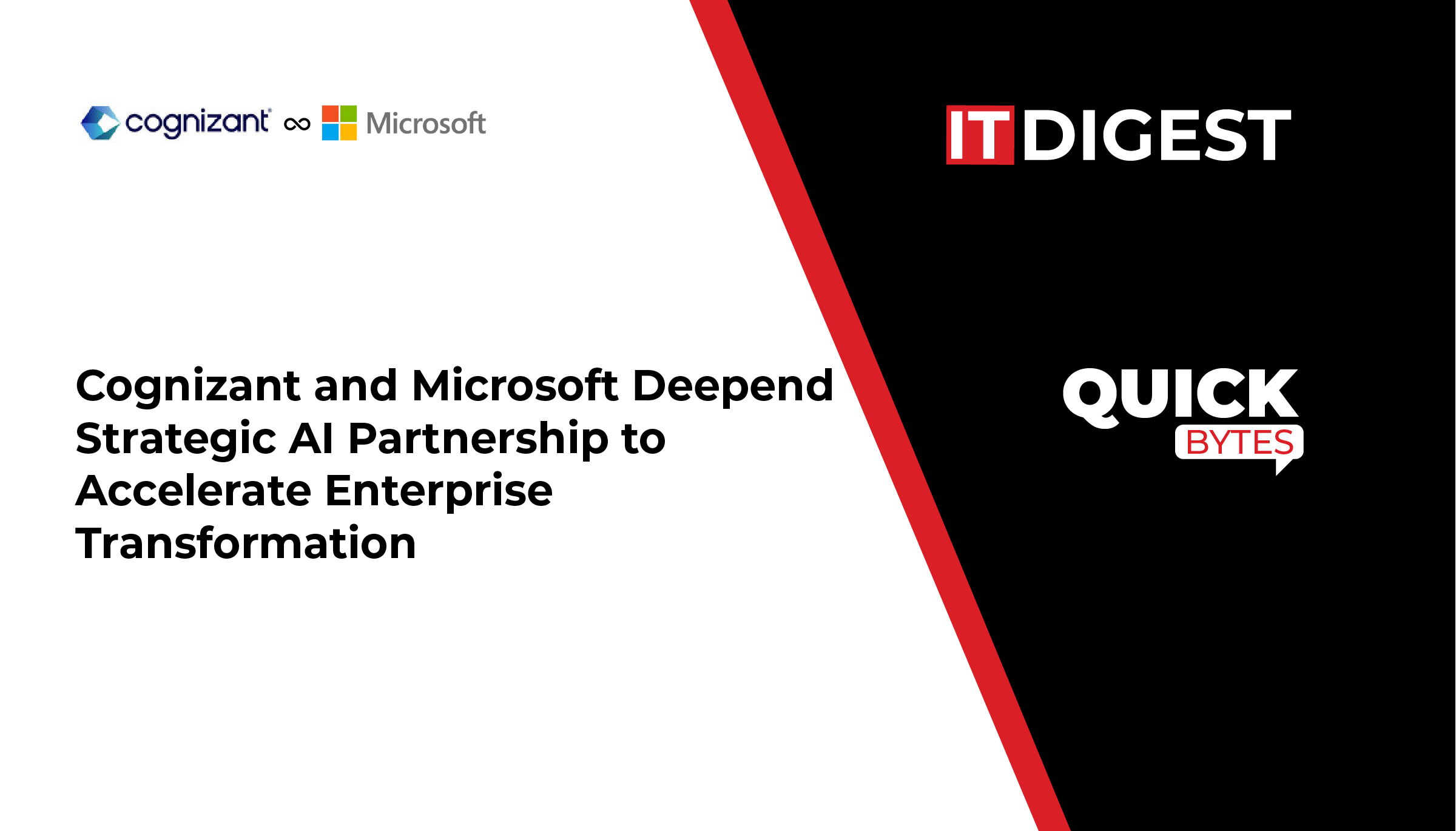Enterprises today need to have robust cybersecurity tools integrated into their tech stack that will assist in protecting the entire attack surface from sophisticated threats. Businesses that do not have the right security programs in place will be exposed to significant cybersecurity risks and vulnerabilities. A full-blown cyber attack or data breach will have a negative impact on brand reputation and customer relations.
Managing multiple tools in the security tech stack can be a challenging stack for the security teams. Businesses today need a holistic approach to manage their data security posture efficiently and effectively. Open extended detection and response (XDR) platforms are gaining popularity among security decision-makers to centralize their security operations (SecOps). In this blog, let us have a look at the definition of open XDR and its benefits.
What is an Open XDR?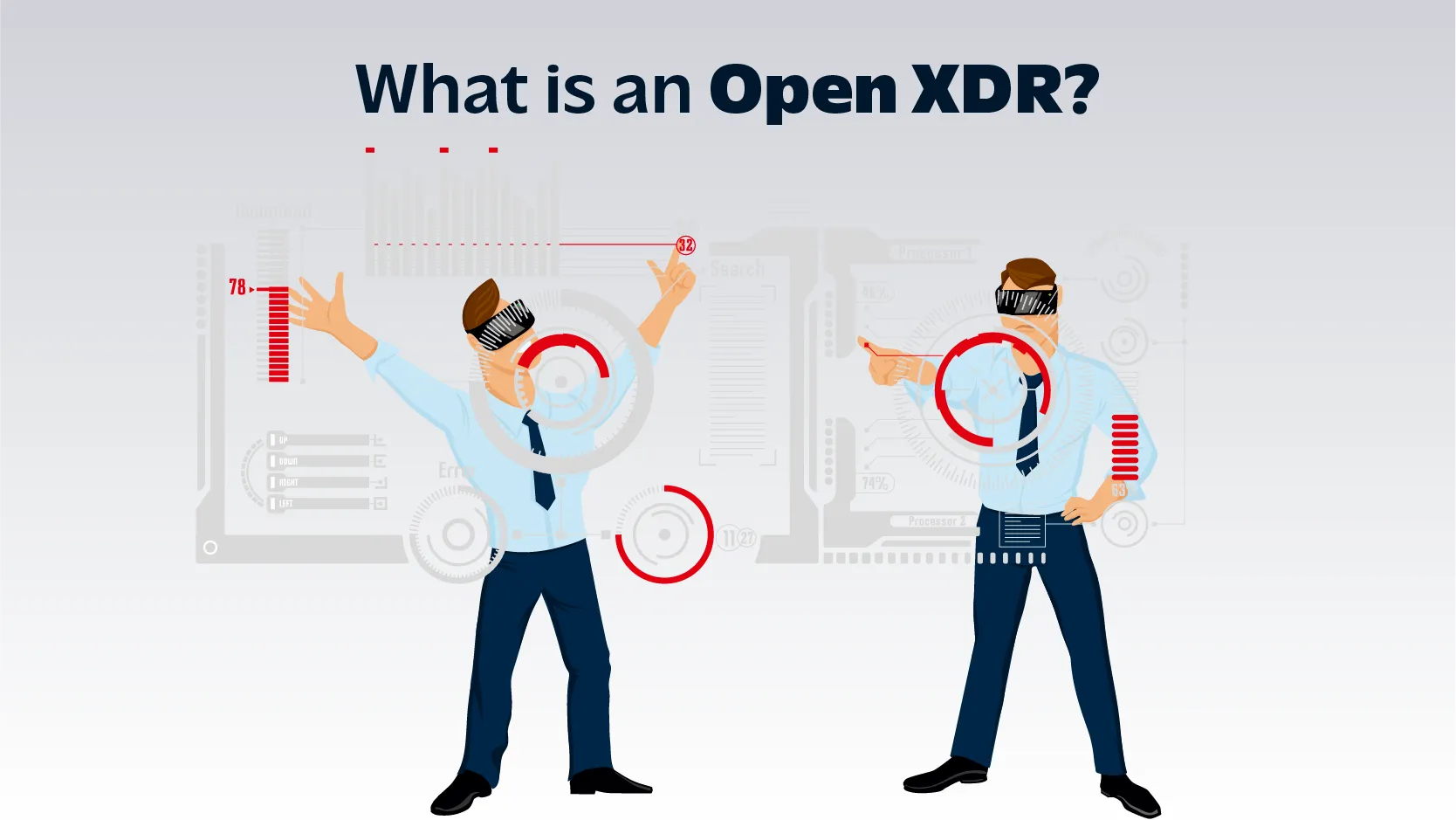
Open extended detection and response (XDR) is a centralized AI-driven strategy for threat detection and mitigation. This approach gathers and correlates data from the current security solutions integrated into the business network. It is an effective way of protecting the entire attack surface from cyber threats and risks effectively. Compared to closed XDR, open XDR executes with any underlying security controls like any Endpoint Detection and Response (EDR). This helps the security teams eliminate the organization’s requirement to give away control of their cybersecurity technology stack to any one vendor. The open XDR architecture centralizes and simplifies the complete security stack to optimize detection investigation and response significantly. Many enterprises will have the following components in their security stack:
- Security information and event management (SIEM)
- Endpoint detection and response (EDR)
- Network detection and response (NDR)
- Security orchestration, automation and response (SOAR)
There will be additional tools and processes as well that businesses embrace in their security operations center. The above-mentioned capabilities do not have the capability to work with each other. Moreover, the teams have to spend a lot of time handling multiple tools. It results in various bottlenecks arising from multiple tools managed by fewer resources that have access to inaccurate information. Open XDR helps centralize all the capabilities and find relationships between alerts from single tools into holistic insights. It is also an effective way to minimize administrative overheads.
Integrating artificial intelligence and automation tools is a key architectural component of open XDR and is an efficient way to safeguard the entire attack surface area. Adopting an open XDR helps secure the business network from threats by leveraging a single platform instead of various tools that do not seamlessly integrate with each other. Embracing this approach results in optimizing the threat hunting and response times at an affordable cost.
Also Read: What is Cloud Security Posture Management (CSPM) and Why Is It Important in 2024?
The Working Of Open XDR
Legacy XDR solutions could only integrate from the vendor’s native technology stack. However, open XDR has the capability to incorporate security data from multiple available sources. AI-powered data analytics is usually leveraged in these solutions to get accurate security insights.
This solution benefits from the current EDR or SIEM tools integrated into the enterprise security stack. It also gathers the data that is spread across on-premises applications, cloud, or any other hybrid sources. Open XDR is not designed to change any particular security technology. Rather, it is a tool that unifies the organization’s security stack and centralizes the data gathering and analytics processes.
What are the Benefits of Adopting an Open XDR Platform?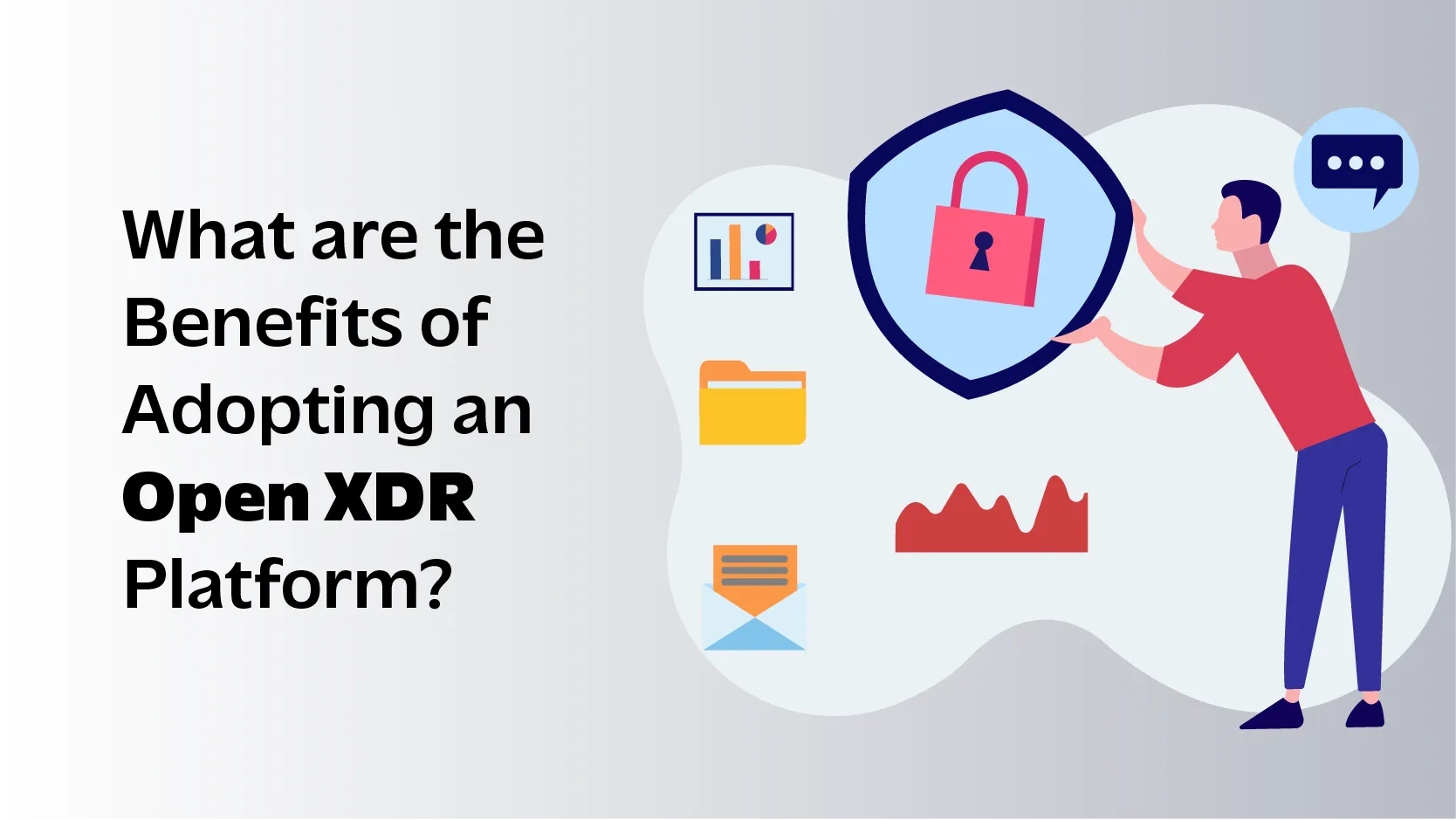
One of the significant benefits of adopting open XDR security operations is that it has the capability to gather security logs and alerts from any source and not from any particular source. Open XDR platforms have robust threat detection investigation and response capabilities that normalize the alerts or logs and enrich the data by correlating threat intelligence and incidents. Following are a few benefits of integrating the Open XDR Platform:
1. Improved Threat Detection and Response
Comprehensive visibility in the security operations center is a crucial advantage of an open XDR platform. It offers a holistic view of the security landscape by collecting data from multiple security tools and sources. This holistic visibility assists in identifying threats that can go undetected by isolated systems. These platforms have advanced analytics tools such as machine learning and artificial intelligence embedded in the system. It can improve detection by identifying sophisticated and hidden threats. With capabilities to detect patterns and behaviors throughout the complete IT ecosystem, security solutions can be revolutionized by these solutions.
2. Improved Incident Response
SecOps teams can automate workflows. These tools can automate the detection, investigation, and response processes, which helps reduce the time needed to mitigate threats. Automation can help security teams respond to incidents faster and more efficiently. By correlating data from multiple sources, Open XDR provides contextual insights. Security analysts can understand the scope and impact of an incident, leading to more effective remediation.
3. Cost Efficiency
Open XDR consolidates multiple security tools into a single platform. Hence, it is one of the most effective tools to minimize the complexity and costs related to managing and maintaining disparate systems in the cybersecurity tech stack.
Security business leaders can optimize their resource allocation with automation. Enhanced efficiency of the security teams allows businesses to focus on high-priority tasks.
4. Scalability and Flexibility
These platforms have an open architecture. They are designed to integrate with a wide range of existing security tools and technologies. As a result, it provides flexibility to adapt to evolving security needs and future-proofing the security infrastructure. Open extended detection and response tools are scalable solutions. It has the ability to scale to accommodate the growth of an organization. This ensures consistent security coverage as the IT environment expands.
5. Enhanced Collaboration
Centralized management of the entire security stack assists in improving the collaboration of the security operations teams. A unified platform facilitates better collaboration among security team members by providing a single source of truth and streamlined communication. Shared intelligence is another significant benefit of leveraging open XDR solutions. This tool can leverage threat intelligence from various sources, promoting information sharing and collective defense against emerging threats.
6. Reduced Alert Fatigue
The tool offers prioritized alerts. It correlates and analyzes data from multiple sources, which reduces the number of false positives and prioritizes alerts based on severity and context. This approach results in helping security teams focus on the most critical issues. Security teams can reduce the noise with open XDR technologies. These platforms rely on advanced filtering and correlation techniques to minimize unnecessary alerts, which reduces the overall noise and allows analysts to concentrate on genuine threats.
7. Compliance and Reporting
Open XDR helps organizations meet regulatory requirements by providing comprehensive monitoring, reporting, and audit capabilities. The solution offers detailed reports and dashboards that assist in tracking security metrics, demonstrating compliance, and communicating security posture to stakeholders.
Wrapping Up Benefits of Open XDR
For businesses that are seeking to rely on one vendor and secure all the data and other digital assets, integrating an open XDR in the security operations center is an effective way. Adopting these platforms will allow the SecOps teams to detect threats and respond to them in real time to remediate the incident quickly and efficiently.








